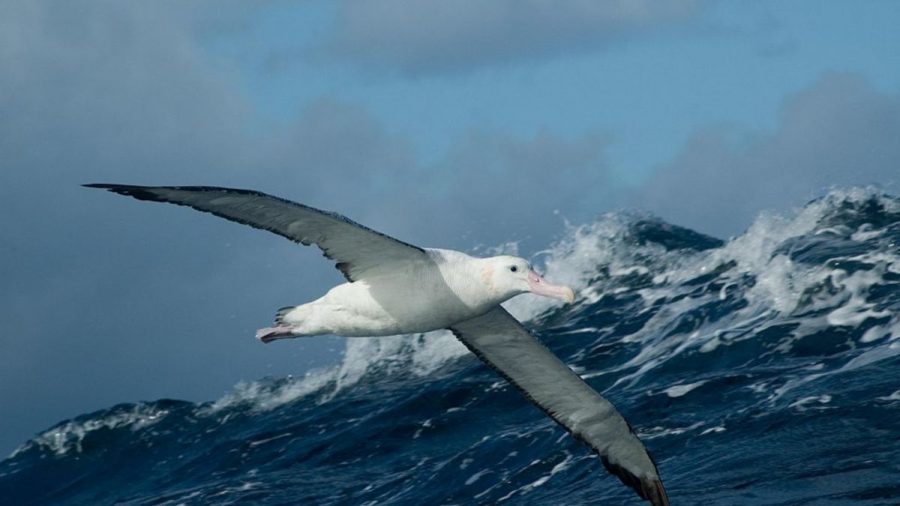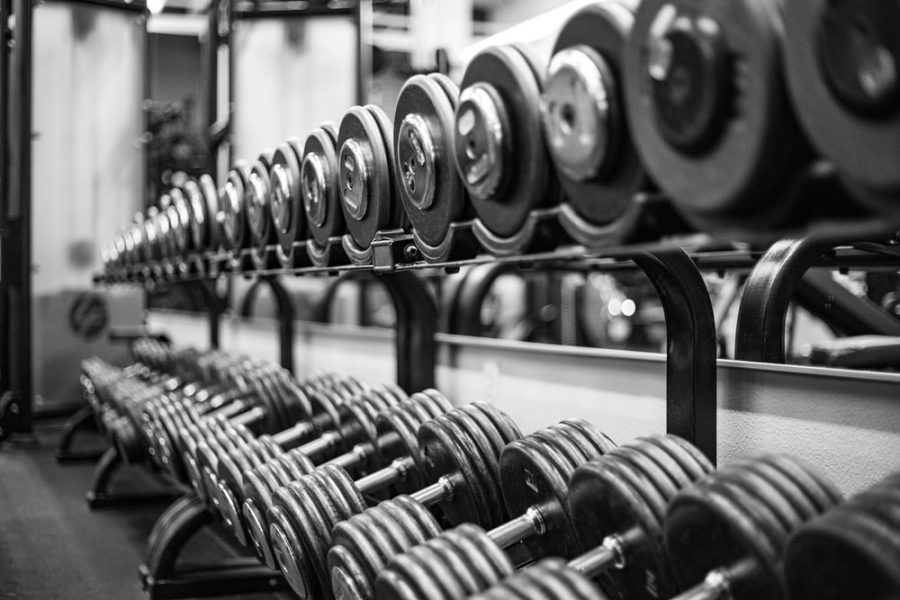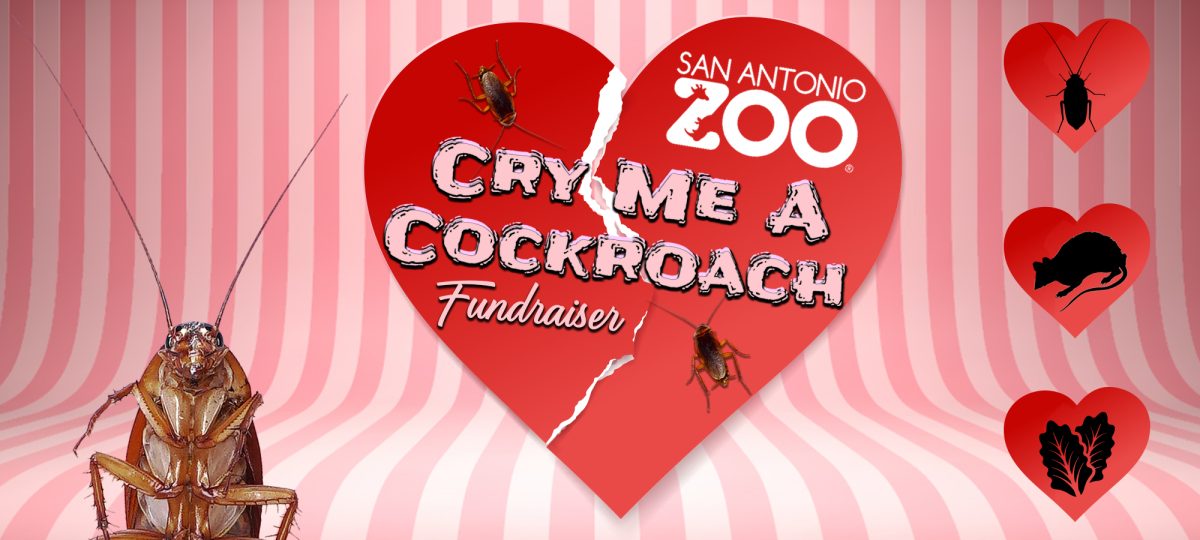By Sam Schwartz ’18, Contributor
The “Animal of the Week” will show the amazing biodiversity that nature has to offer. These animals won’t be your typical wild Zebras, Sharks, and Bears-but some of the most endangered and magnificent animals on the planet.
The Wandering Albatross or Diomedea exulans is one of the largest birds in the world, with an average wingspan ranging between 8’3 ft. to an enormous 11’6 ft. (The average man, 5’9, only has a 5’11 wingspan.) These birds have the largest wingspan of any living bird and use their wings to glide for hours without needing to flap or stop to rest. The  Wandering Albatross gets its name from the Arabic words al-câdous or al-ġaţţās which translates to the “diver.” These giants on average weigh 13-28 pounds, which is about the weight range for a French Bulldog. Albatross’s coats vary depending on age, which aids researchers in counting population numbers. Juveniles start a chocolate brown color while the adults have white bodies with black and white spotted wings.
Wandering Albatross gets its name from the Arabic words al-câdous or al-ġaţţās which translates to the “diver.” These giants on average weigh 13-28 pounds, which is about the weight range for a French Bulldog. Albatross’s coats vary depending on age, which aids researchers in counting population numbers. Juveniles start a chocolate brown color while the adults have white bodies with black and white spotted wings.
These birds, as they traverse the Southern Hemisphere’s oceans, have no means to access fresh water, so they have evolved to drink salt water. Albatrosses possess a salt gland above their nasal passage which allows them to rid their bodies of the excess salt from the water they drink and from their diet. An Albatross’s diet mainly consists of krill, small fish, and carrion (dead, decaying animals.) By swooping down from high up in the sky, Albatrosses surprise their prey from above.
 Albatrosses are unbelievable flyers, travelling mind-boggling distances. These birds spend most of their life in flight, only landing to breed and feed. Though it is difficult to track, Albatrosses have been documented flying 6000 Km (3728 miles) in twelve days, or 500 Km (310 miles) per day! In 2005, it was found that a grey-headed albatross had flown 13,670 miles in 46 days. In a life time, Albatrosses complete approximately eighteen and a half trips to the moon and back.[1] By studying the Albatross’s ability to dynamically soar, aerospace engineers are hoping to create more effective wings for planes.
Albatrosses are unbelievable flyers, travelling mind-boggling distances. These birds spend most of their life in flight, only landing to breed and feed. Though it is difficult to track, Albatrosses have been documented flying 6000 Km (3728 miles) in twelve days, or 500 Km (310 miles) per day! In 2005, it was found that a grey-headed albatross had flown 13,670 miles in 46 days. In a life time, Albatrosses complete approximately eighteen and a half trips to the moon and back.[1] By studying the Albatross’s ability to dynamically soar, aerospace engineers are hoping to create more effective wings for planes.
 Albatrosses can fly effortlessly, by using an elbow-lock system which allows their wings to stay open at no energy cost. By riding wind patterns, Albatrosses fly in a dipping and rising motion which allows them to maximize their speed, allowing them to stay above 120 km/h (74 mph) for upwards of eight hours. The key to the Albatross’s flying is in its change in direction. When the Albatross faces windward, it loses much of its energy to drag and converts the rest into gravitational potential energy during the climb. This results in the minimum total loss of energy during this period. The energy gain comes at the peak of the bird’s flight as it turns downward. The wind exerts a propulsive effect throughout the descent that provides the albatross with a maximum total energy near the base of the descent. The Albatross will inevitably lose energy in the turn back upward, but because wind speeds are much smaller closer to the surface of the ocean, the albatross is able to achieve a net surplus of energy.[2]
Albatrosses can fly effortlessly, by using an elbow-lock system which allows their wings to stay open at no energy cost. By riding wind patterns, Albatrosses fly in a dipping and rising motion which allows them to maximize their speed, allowing them to stay above 120 km/h (74 mph) for upwards of eight hours. The key to the Albatross’s flying is in its change in direction. When the Albatross faces windward, it loses much of its energy to drag and converts the rest into gravitational potential energy during the climb. This results in the minimum total loss of energy during this period. The energy gain comes at the peak of the bird’s flight as it turns downward. The wind exerts a propulsive effect throughout the descent that provides the albatross with a maximum total energy near the base of the descent. The Albatross will inevitably lose energy in the turn back upward, but because wind speeds are much smaller closer to the surface of the ocean, the albatross is able to achieve a net surplus of energy.[2]
Albatrosses breed every other year on secluded islands in the Southern Ocean, and like humans, are monogamous (they mate with the same bird for life.) After mating, Albatrosses only lay one egg. This has been a leading reason for declining Albatross populations, as only 30% of chicks survive. Another issue is that Albatrosses take a long time to develop, as they don’t start to breed until the ages of eleven, but they do live long lives. The oldest known Albatross, Wisdom, just laid another egg at the age of 66.
But Wandering Albatrosses and the other twenty-one species of Albatross populations are shrinking. Invasive species such as small rodents or feral cats consume the Albatross’s singular eggs, while ocean plastics clog the digestive system of the adults, starving them. Their greatest threat is longline fishing. Albatrosses are known to follow fishing rigs, in hopes of an easy meal, but instead they eat the bait on the fisher’s line or get trapped in nets and die by drowning.
[1] http://blogs.bu.edu/bioaerial2012/2012/11/17/flying-without-flapping/
[2] http://blogs.bu.edu/bioaerial2012/2012/11/17/flying-without-flapping/













